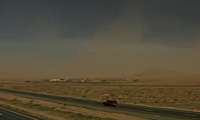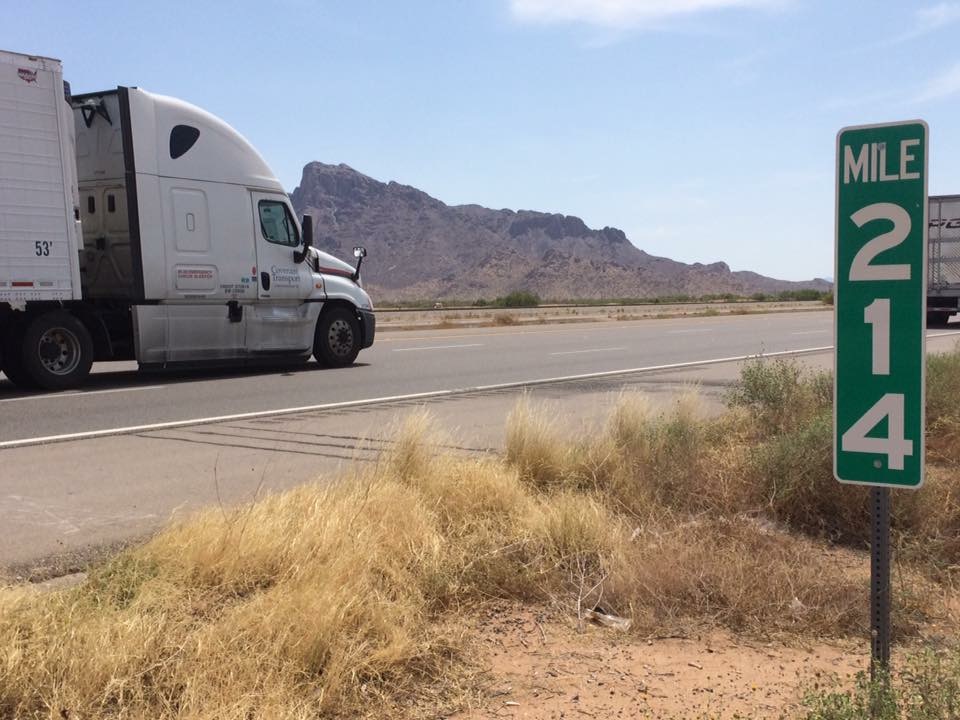Dust storms and dust channels: What’s the difference?
Dust storms and dust channels: What’s the difference?

Milepost
By Doug Pacey / ADOT Communications
Everyone knows it’s dangerous to drive into a massive, towering dust storm. It’s easy to avoid these because they can be seen miles in the distance, giving drivers the opportunity to exit a highway or choose a different route.
But what about blowing dust that whips across the freeway and engulfs your vehicle in low or no visibility without warning? These are called dust channels, fast-moving blowing dust events that can cause serious crashes because they give drivers little or no time to respond.
If you encounter a dust channel – or one encounters you – follow the Pull Aside, Stay Alive tips:
- Avoid driving into or through a dust storm.
- If you encounter a dust storm, immediately check traffic around your vehicle and begin slowing down.
- Do not wait until poor visibility makes it difficult to safely pull off the roadway – do it as soon as possible.
- Do not stop in a travel lane or in the emergency lane. Look for a safe place to pull completely off the paved portion of the highway.
- Turn off all vehicle lights, including emergency flashers. You do not want other vehicles approaching from behind to use your lights as a guide, possibly crashing into your parked vehicle.
- Set emergency brake and take foot off the brake.
- Stay in vehicle with seat belts buckled and wait for the storm to pass
While blowing dust can occur anywhere in Arizona, there’s a stretch of Interstate 10 between Phoenix and Tucson where dust channels often suddenly develop. Half of all blowing dust-related crashes on I-10 occur within a half-mile of milepost 214, northwest of Picacho Peak. In response, ADOT is in the process of installing a first-of-its-kind dust detection zone from mileposts 209-219.

